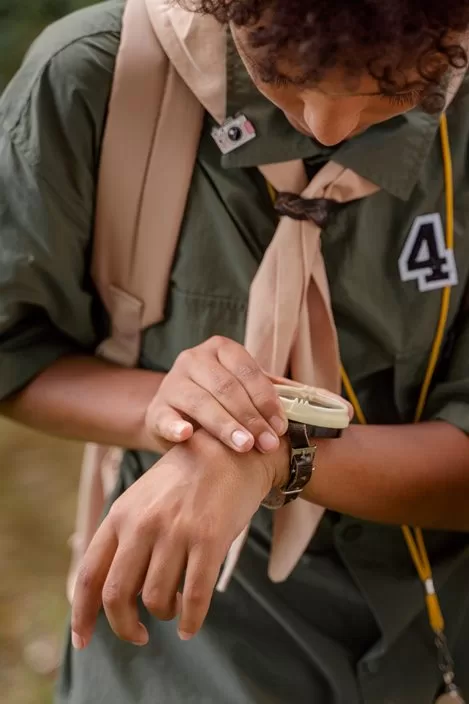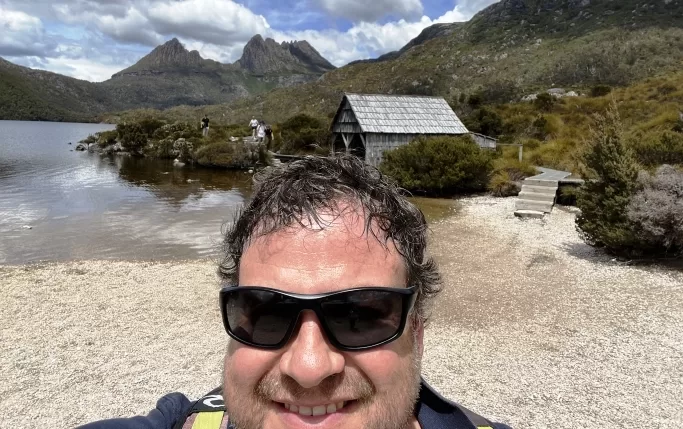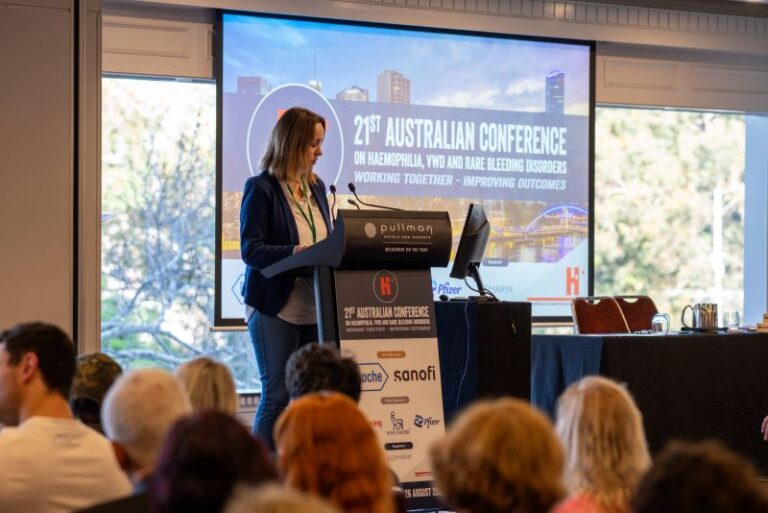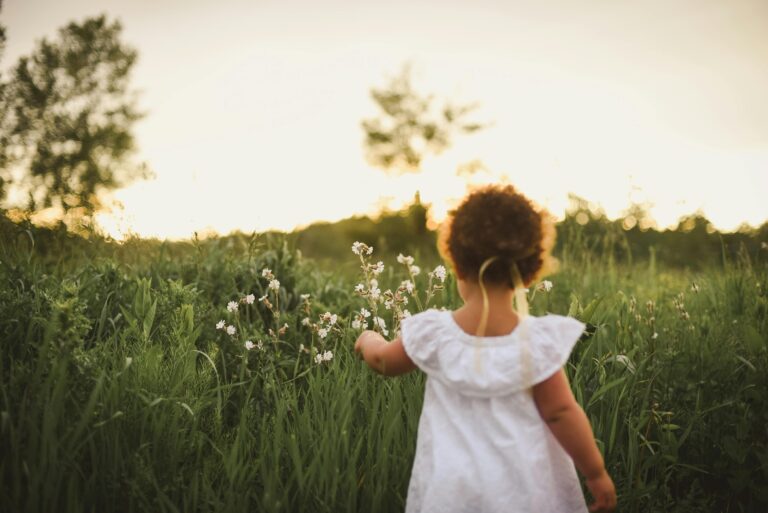Adam is in his late 40s and has Type 3 von Willebrand disease (VWD), which is a severe form. He has almost no von Willebrand factor in his blood and his factor VIII (8) levels are also low.
BEING DIAGNOSED
Adam showed bleeding symptoms from birth but it took some time before he was diagnosed with VWD.
‘I was a caesarean birth. When they clamped the umbilical cord, my mother recalls I bled from that. Then they gave me a vitamin K shot in the heel, which was standard back then, and I bled quite a bit from that. And they knew something wasn’t quite right, but ruled out haemophilia. It wasn’t until quite some time later that I was formally diagnosed with VWD.’
For his parents it was quite a shock. They were both VWD carriers but were unaware of it. When his brother and sister were tested, they were unaffected.
Having a small child with Type 3 VWD could be challenging.
‘It was quite concerning for them in the early days because I didn’t have a treatment regimen yet. I would be learning to crawl and doing things and I would bleed. I had spontaneous bleeds. My recollection is of lots of trips to the Emergency Department.’
GROWING UP WITH VWD
Once he started school, Adam was keen not to have his bleeding disorder disrupt his life.
‘I was worried I would miss out on things because of my treatment. I have very vivid memories of my mum driving me to Emergency with my head over a bowl and blood coming out of my nose because we couldn’t stop it. And then I would turn around and try to go to school the next morning.’
It was important to him not to be different and he tried not to draw attention to his bleeding disorder.
‘I went to a school where it was expected that you play a contact sport in winter, either rugby or soccer. Of course, I couldn’t do either. So I took up rugby union refereeing as a way of fitting in, which was certainly a positive thing, something I did until I was in my mid-twenties.’
Adam was active physically, playing basketball and rock climbing. He was also involved in scouts and still has a role as a scout leader. Now that he is more involved in the bleeding disorders community, Adam can see the similarities between scouts and activities at community camps.

‘Scouts is all about responsible risk-taking and it was an environment where I could do it quite easily. I know that the voluntary scout leaders at the time were certainly worried about my bleeding but I was able to participate in those activities to the fullest extent. That’s why I think the Haemophilia Foundation camps for kids with bleeding disorders are really good.’
TRAVELLING AND WORKING
When he was younger Adam treated his VWD on demand when he had a bleeding episode. Adam learned to self-infuse from his late teens and found that it gave him a lot of independence.
‘That meant I could do things like go bushwalking and go overseas and take my treatment with me. And if there was an issue, I would be able to do my own injections.’
Adam has recently started treating himself by prophylaxis, preventive treatment with a clotting factor concentrate, three times a week. He started prophylaxis after some gastrointestinal bleeding during the COVID-19 epidemic when he was working from home – a great way to have the flexibility to try a new treatment regimen.
‘It just means I plan my prophylaxis around my work and leisure activities. Getting into the routine of prophylaxis means I am not having to think twice about what I am doing and how I am doing it. I have some ‘target’ joints that bleed more often and the prophylaxis has stopped them from getting any worse.’
As an adult Adam’s VWD doesn’t change a lot of what he does in his everyday life, including his work. He reflected that over his lifetime he has learned a lot about living with a bleeding disorder – and an important part of this is about understanding VWD and awareness to reduce bleeds, so as to enable an active, independent and fulfilling life.

‘While VWD is rare, it need not be debilitating and it doesn’t mean you can’t participate. There’s some things I can’t and shouldn’t do – contact sports! – but I am still quite active.’



